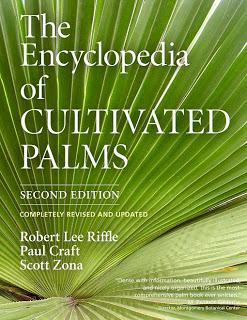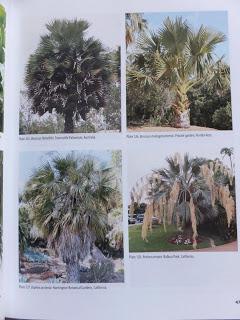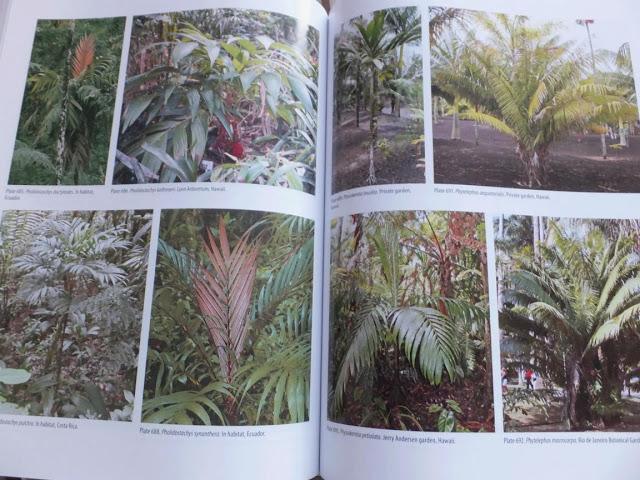 The first edition was originally published back in 2003 and ever since The Encyclopedia of Cultivated Palms has been a key reference text for all palm enthusiasts. This much anticipated update includes an additional author and well known palm expert Scott Zona, curator of the Wertheim Conservatory in Florida and also includes a significant number of palm species and varieties that have been introduced into cultivation since the original edition was published.
The first edition was originally published back in 2003 and ever since The Encyclopedia of Cultivated Palms has been a key reference text for all palm enthusiasts. This much anticipated update includes an additional author and well known palm expert Scott Zona, curator of the Wertheim Conservatory in Florida and also includes a significant number of palm species and varieties that have been introduced into cultivation since the original edition was published.There are 825 species of palm described in detail, including key information for us on cold hardiness, water needs, height, and any other special requirements. Each palm is well illustrated, with almost 1,000 color photographs in the book in total.
Our own interest is particularly focussed on those palms available within the UK for example Trachycarpus and Brahea are well represented with each having 8 species listed and described. Butia, Chamaedorea and Syagrus fair even better with 9, 43 and 24 species discussed respectively. Some of the very new introductions are omitted but clearly the botanic world can be quite fast moving and so any encylopedia will need regular revision and updates to include everything.
Many will be familiar with the revised naming convention that was proposed in 2010 for the Butia family, the new names are used in the book and are well explained, in particular how the name impacts on the popular Butia odorata (formerly Butia capitata).
 After an initial introduction to palms, the book contains two main sections, the first of which deals with the photographs, The Gallery of Palms has 250 pages containing in excess of 900 color photographs, many of which tease and delight in equal measure. Sadly many remind us how far north and cold we are in the UK and thus we can only admire many of the wonderful plants from afar or within the protected environs of places such as The Palm House at Kew.
After an initial introduction to palms, the book contains two main sections, the first of which deals with the photographs, The Gallery of Palms has 250 pages containing in excess of 900 color photographs, many of which tease and delight in equal measure. Sadly many remind us how far north and cold we are in the UK and thus we can only admire many of the wonderful plants from afar or within the protected environs of places such as The Palm House at Kew.Following on from the photo gallery comes the second and significantly larger section of the book which contains an alphabetical listing of the palms starting with Acanthophoenix and covering the 825 species through to Zombia. The individual entries each give an overview of the family with an introduction to the genus, followed by a more detailed discussion and explanation of the individual species characteristics, including typical traits and growing conditions needed as well as seed form and germination techniques.

The final part of the book lists palms by a number of categories, assisting those looking to select a palm for a specific aspect, for example drought tolerance or speed of growth, perhaps this section may be less useful for those growing palms in the UK as most will have to be grown under glass due to the colder climate.
For those of us growing palms in the UK we often have to deal with pests or overwintering plants in doors, the book doesn't cover pests and treatments of the suitability of a plant to spending time as a house plant. However this book is great value for money and a must have read for anyone interested in growing, identifying or simply enjoying palms. Highly recommended.
The Encyclopedia Of Cultivated Palms is published by Timber Press and available from all the usual outlets.

